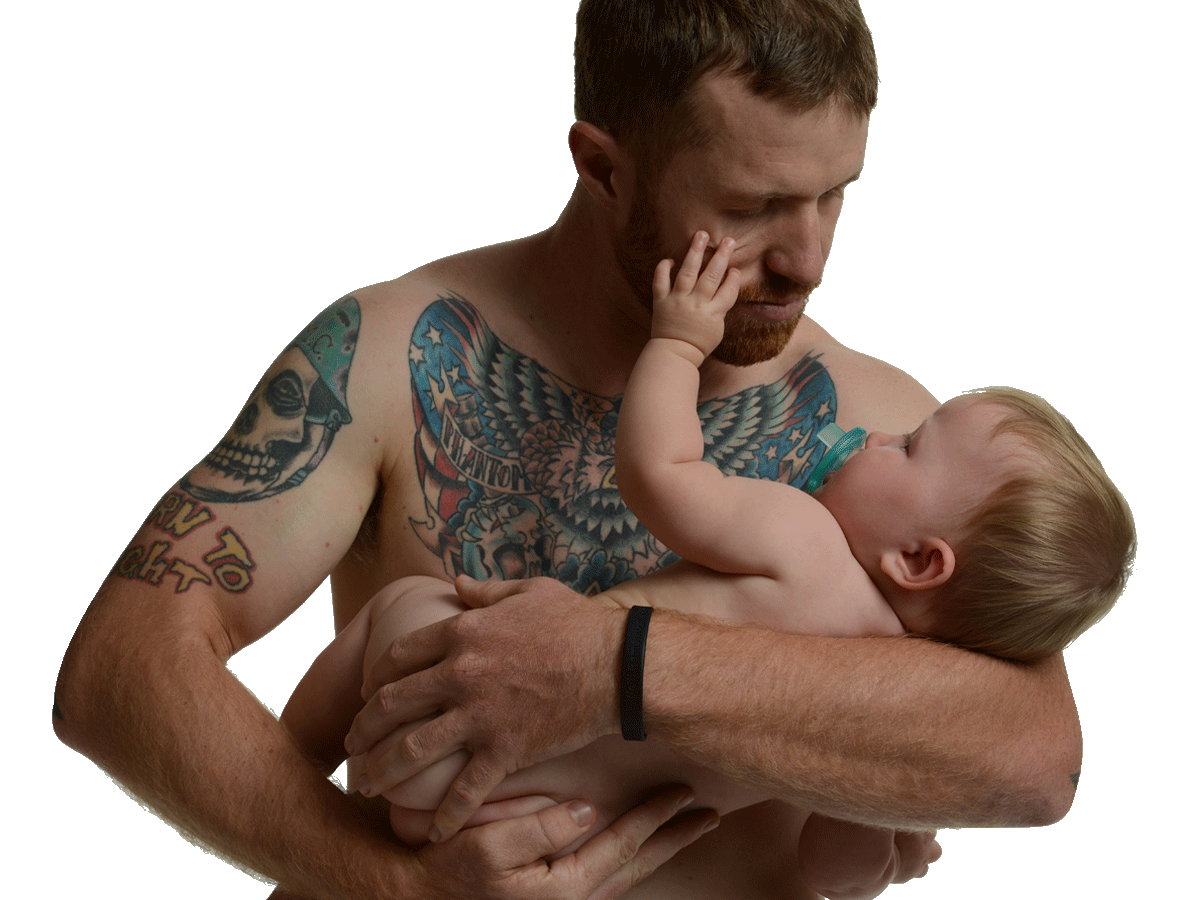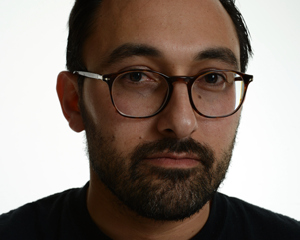A librarian, military veterans and their tattoos — three things you don’t associate very often.
But for one SJSU graduate, there is a very clear connection and sense of mission related to the way he has brought together his professional background, the veterans’ need to reconnect to their communities, and the art form of his generation.
Chris Brown, ’10 Library and Information Science, created “War Ink” with U.S. Army veteran Jason Dietch and a professional film crew to expand on Contra Costa County Library’s efforts to help veterans.
Meaningful moments
“We realized we were addressing veteran information needs but they have social needs as much as anyone else,” Brown said. “When veterans come home, their community does not know about their achievements and lessons learned, and that their service was one of the most meaningful moments in their lives.
“We noticed that a lot of the veterans had tattoos,” he continued, “so we thought, ‘that’s our medium for telling that story in a very authentic way.’ The veterans are already telling the story on their skins. We’re just putting a frame around it.”
To build this extraordinary virtual exhibit, Brown drew from a career’s-worth of contacts in the library, museum, and media worlds. But there was also a very personal connection. He is the son of a retired U.S. Marine Corps officer.
Respect and compassion
“In ‘War Ink,’ we’ve brought together a diverse group to address the lack of public cohesion experienced by veterans. In an ideal world, we would all recognize each other as rich and complex people, each deserving of respect and compassion,” Brown said.
The project was made possible through a number of grants and in-kind donations from Cal Humanities, the Institute of Museum and Library Services, the Pacific Library Partnership and StoryCorps. To learn more, we interviewed Brown.
***
Q. How did this project begin?
A. I served as project director and grant writer, while Jason served as veteran consultant. We developed and curated the site together, and jointly conducted an exhaustive statewide search for veterans interested in participating in the project.
We contacted nearly every veteran center in California, including centers at every California State University and the University of California campus. We also called hundreds of tattoo shops. Over 30 California library systems partnered in this effort, promoting the project locally.
To document the veterans’ stories, to bring the exhibit to life, and to make it accessible to the general public, we built a coalition of diverse partners including the veterans, tattoo parlors, museums, and the entertainment, art and tech communities.
In late July 2014, the Contra Costa County Library brought together 24 veterans from over 15 counties at the Concord Vet Center. Over four days, producers from the StoryCorps Military Voices Initiative recorded the veterans’ stories, while renowned photographer Johann Wolf documented the veterans and their tattoos.
The filmmaker was Rebecca Murga, an Iraq and Afghanistan veteran. Favorite Medium designed and developed the online exhibit.
Q. What’s your background?
A. Before studying for my master’s in library and information science, I was a literature major at UC Santa Cruz. That background really taught me that stories are incredibly important in terms of reflecting national identity.
Stories touch on issues and concerns that say a lot about who were as a country. So I am definitely story-centric. My library school degree taught me about how to collect stories that people turn to make sense of their world.
With “War Ink,” we have a population of veterans who are trying to make sense of their return home and we have our civilian community trying to make sense of how to support veterans who have an experience we don’t know about.
Q. The format seems unique. How do you describe it?
A. “War Ink” is a virtual exhibit that combines original video, photography and audio interviews to present the stories of Iraq and Afghanistan veterans in their own words. The entry point to these stories is “war ink,” tattoos that express the impact of combat experiences in a culture that typically shuns open discussion of emotion.
The featured veterans (24 at launch, with more projected over time) are men and women from each branch of the military, and all now reside in California.
Q. What surprised you the most about this project?
A. The veterans themselves. We thought this would be a dynamic way to tell their stories. We thought it would be meaningful for communities who was welcoming home veterans. We thought it would be artistic.
But I don’t think we knew how much it would mean to the veterans to have their communities say, “We are interested in your story, to understand what it is like to go to war, how that changes you, and what it’s like to come home.”
The response we got, that’s what floored me the most. We’ve had infantry men say, “I’m so excited about this project. This experience has re-awoken my inspiration.”
To see someone who is a former infantrymen in the military say that blows my mind because that community is not a community that is openly expressive about their emotions.
A lot of them talk about how they had to put that side of themselves on lock down, and numb themselves to their emotions. Seeing these men and women have that profound moment when they see themselves as valued — that’s powerful.



This project has a very powerful message and shares an insight into what veterans go through in civilian society. Many don’t get the chance to see their view and know what they’re going through and I feel comfortable knowing a bit more in how veterans communicate with civilian society through their tattoos.